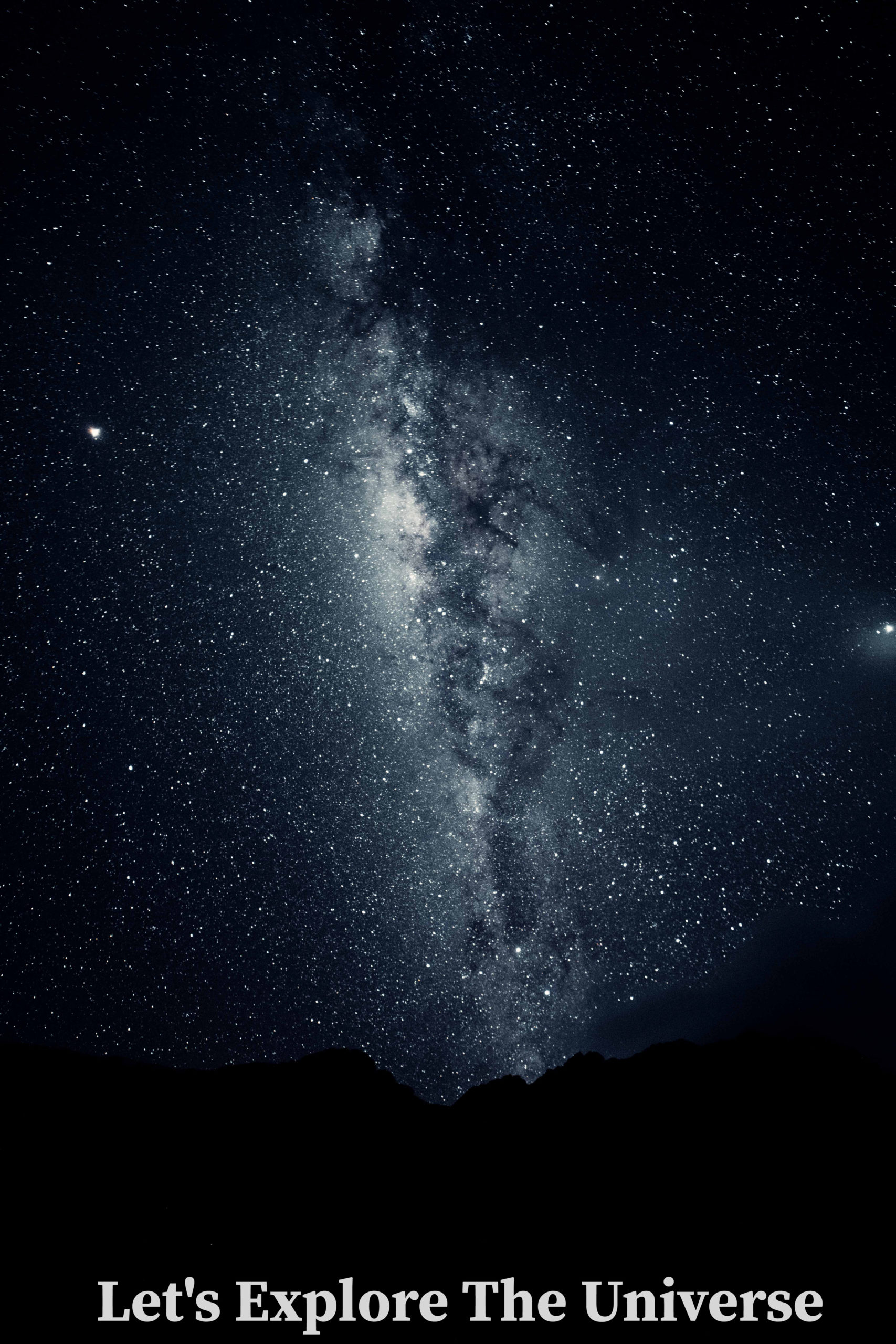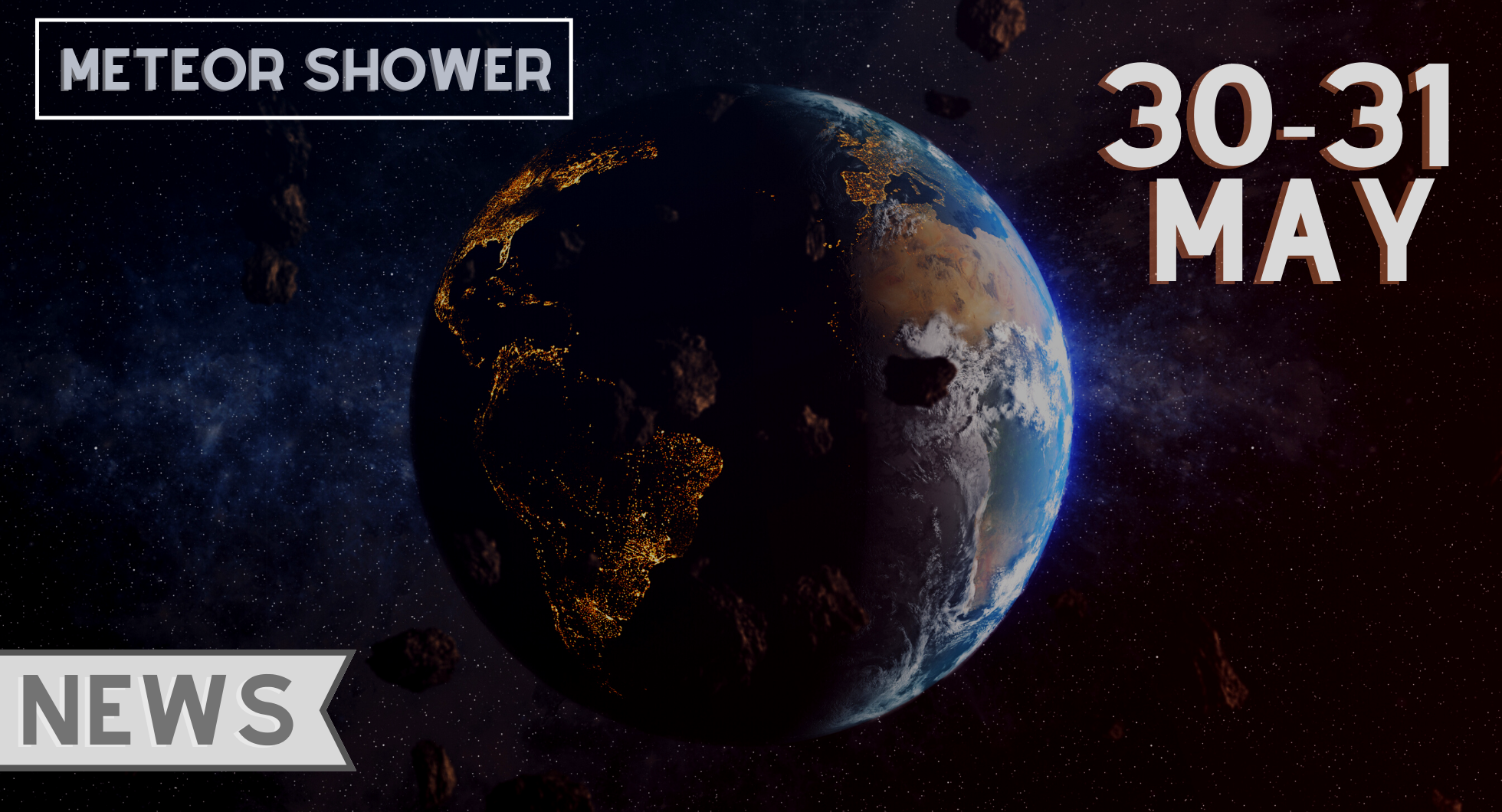Duo Quasars found by Hubble astronomers

Thanks to the NASA’s Hubble Space Telescope for feeding the human curiosity with new and tasty knowledge of the far and wide. The telescope has recently found a pair of quasars that are so close to each other that they look like a single object in ground-based telescopic photos, but not in Hubble’s crisp view. The quasars reside in the cores of two merging galaxies.
Furthermore, the Hubble astronomers say the spell bounding view is of nearly 10 billion light years away from the earth. In addition to that, as a known universal facts, the process of merging such two quasars residing in the cores of two giant galaxies is the most chaotic activity. Hence, in tens of millions of years, the black holes and their galaxies will merge forming a more massive black hole there. And, the Milky Way, our mother galaxy, will also go through similar sequence of events in a few billion years from now, when our Milky Way galaxy merges with the neighboring Andromeda galaxy. Andromeda is now about 25 million light years away from here slowly heading towards us.
Though there are hundreds of thousands of quasars scattered all across the sky, they were the most abundant before 10 billion years when a lot of galaxies merging activities had taken place. So, astronomers assume that there could be found many other dual quasars if peered back into that time.
Hence, researchers say such discoveries of merging galaxies or quasars not only indicate to our fate, they also offer a new way to probe collisions among galaxies and the merging of supermassive black holes in the early universe. Accordingly, the Hubble Space Telescope has enabled us to view, feel and know the impossible, otherwise.


